Mightier Than All. . .You Are ! - Amur Stonechat
Little Birds. Big Migrations.
BIRDS
Aniruddha Bhattacharya
3/7/20252 min read
South Andaman
Meet my friend, the Female Amur Stonechat. Now Stonechats are pretty common in Europe from what I hear. Her kind though, are related to the Siberean Stonechat and they breed in Siberia, Japan, Korea, North Eastern China and Mongolia. They winter in Southern China, Indochina and The Andaman and Nicobar islands.
She’s a 10 -13 cm bird. The closest landmass to the Andamans is Myanmar, 1300 kms away and she totally destroyed my assumptions on how little birds migrate and smacked me in the face with the realization that just cause they’re little doesn’t mean they’re not mighty. I always thought that little birds migrated with breaks in between. What a fool I’ve been and would have stayed unless I saw her in South Andaman.
So how do they do it? Humans are trying to go to space but we still haven’t figured out how exactly these little guys just know when it’s time and take off on their first migration. They just know and then they do, we’re told. Many birds will do their first trip solo even if they aren’t in a flock or aren’t taught by their parents and will probably pick up the ways of their kind on the way. What we know is that caged birds will stick to one side of the cage during migration time and flutter around there. Sure they have hollow bones and might have compromised organ size for flight but how much can you compensate for when all you have is 15 grams and you’re going 1300 kms?
People have taken birds to different corners of the world and released them and they always find their way back to where they’re supposed to be at that time. Migratory birds like my little friend apparently get around while migration by using a protein in their eyes called cryptochrome 4 to sense the Earth’s magnetic field. This protein is activated by certain wavelengths of light (mostly blue) that causes a chemical reaction, which sends signals to the brain via the optic nerve, which helps the bird navigate. The angle of the magnetic field helps the bird know when to land. Now there are a gazillion articles about what all a bird uses to get where it’s going including smell, the sun compass, the magnetic compass, landmarks etc but my question still remains, how?
I mean it’s a 10 cm bird with a 17 gm body at heaviest with probably a 5 gm brain. How is it processing all that? Remind me again how heavy all the chips and fans in human AI actually is? I think you get the drift of why I say AI has a long way to go and we have nothing to worry about cause AI is a long way away from independent decision making if its ever taken to that capability. We shouldn’t even be calling it Intelligence yet given how power expensive just data compartmentalization and presentation based on user given criteria is and that’s all we actually have under all the frills and tassels right now.
I had a few sightings of these guys. All were females and most were at the same area. Sadly most were also late in the evening and not worth much. What we have here is all from the same afternoon when my friend here decided to hang around four perches probably knowing well enough that we were there for her. My normal settings for little birds that I’ve written about before is what I used and although she isn’t really the most brilliant looking little bird that I’ve photographed, my respect for this species has definitely skyrocketed and I do have to thank my sightings of them for finally making me let go of assumptions that were making me stupid.
They are also living example of how strength and might actually have nothing to do with size. Force generating capacity, is a different concept altogether though.
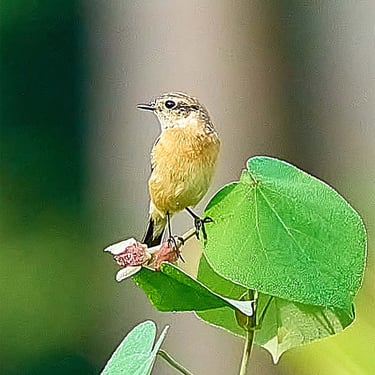

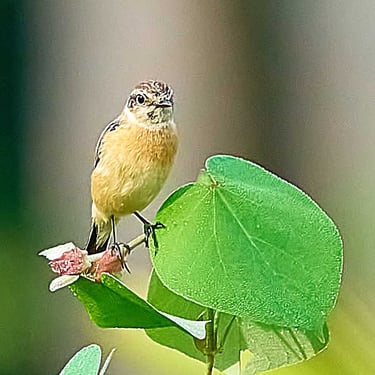
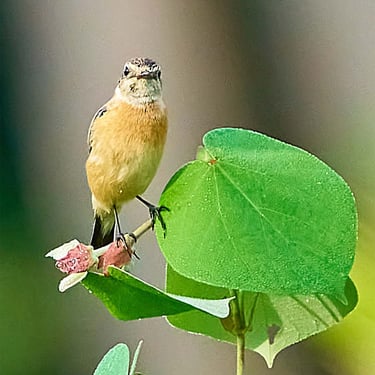
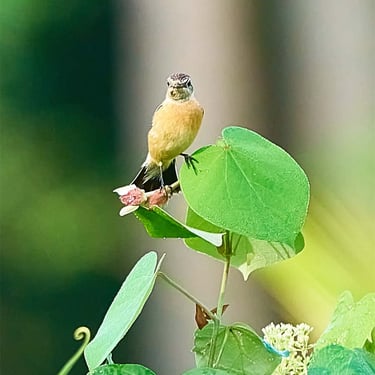
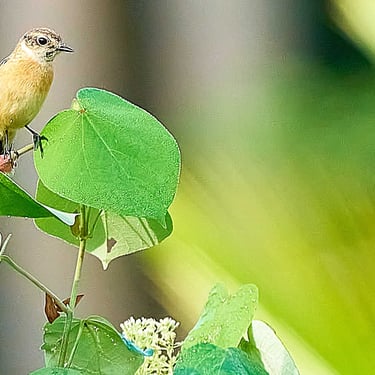
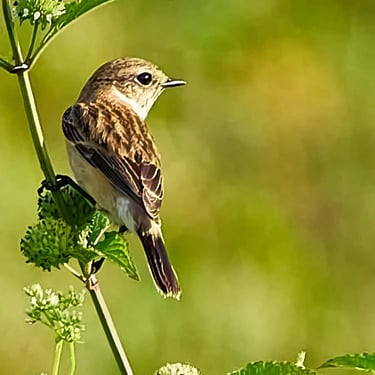
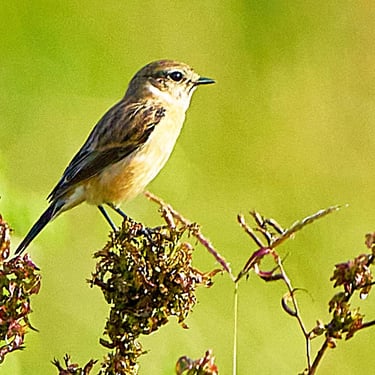
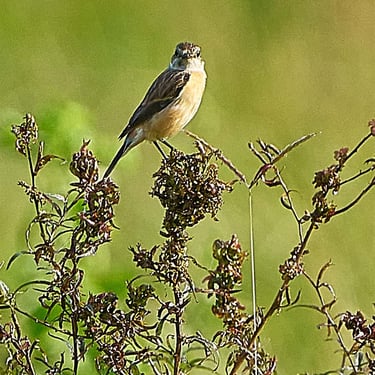
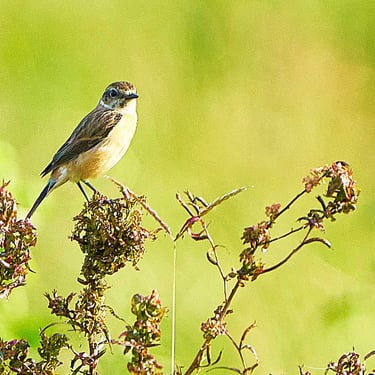
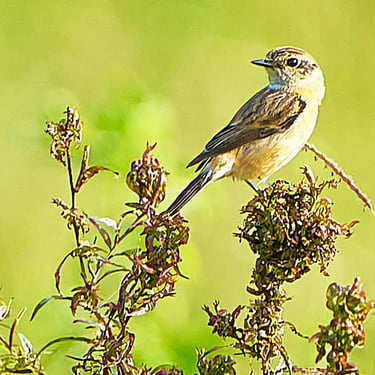
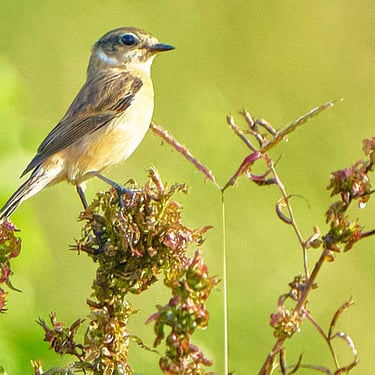
© 2025. All rights reserved.
